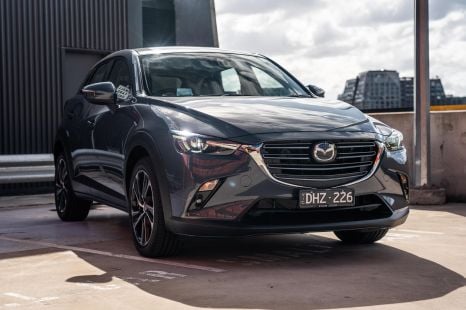

Josh Nevett
2026 Mazda CX-3 review
3 Hours Ago
The latest round of real-world fuel consumption and emissions testing has found almost two-thirds of vehicles exceed their lab test claims.

Contributor


Contributor
The Australian Automobile Association (AAA) is continuing to test the fuel consumption claims of vehicles in the real world, and more than half of the cars in its latest round of testing can’t match their claim.
In 2022, the Federal Government allocated $14 million to the AAA – the peak body for Australia’s state-based motoring clubs, such as the NRMA, RACV and RACQ – to conduct real-world testing on 200 vehicles previously only tested under lab conditions.
The AAA has now published the results of 58 vehicles it has tested, and a total of nine out of 15 cars in its fourth round of testing exceeded their fuel consumption (litres per 100km) claims.
One other car matched its lab test figure, while the remaining five performed better in the real world than on a rolling road.
Previous tests such as the last round saw discrepancies of up to 31 per cent between lab test and real world figures, though in the most recent round the maximum discrepancy is seven per cent, which was attributed to the Toyota Corolla Cross hybrid.
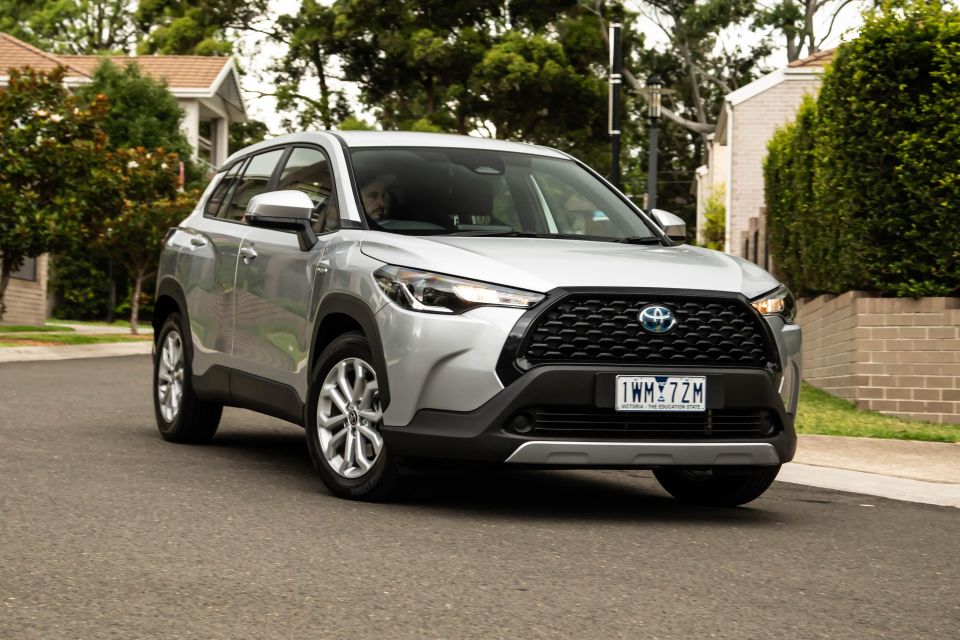
Of the nine cars which used more fuel than advertised, only three were diesels – the Ford Ranger bi-turbo and both 4×2 and 4×4 variants of the Isuzu D-Max – with the remaining models consisting of the petrol-powered Corolla Cross hybrid, Kluger and Kluger hybrid, Kia Sportage, Mercedes-Benz GLC, and Volkswagen T-Roc.
By contrast, the Audi Q3 and Q5, Kia Carnival and Sorento, Subaru Forester, and Hyundai Tucson were able to match or beat their manufacturer’s fuel consumption claims.
This trend also continued in the results for grams of carbon dioxide (CO2) emitted per kilometre, however the Audi Q5 joined the list of higher-emitters than lab tests showed, bringing the balance to 10 above the carmaker’s results and five below.
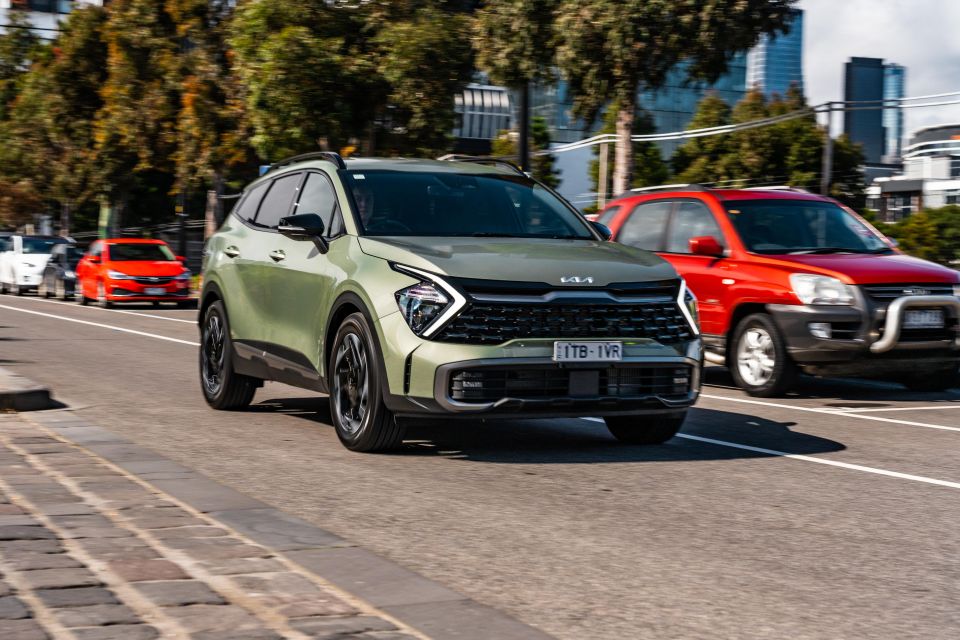
Additional results also showed four of the vehicles tested produced more nitrogen oxide (NOx) emissions than mandated, with the Ford Ranger, both Isuzu D-Max variants and the Kia Sorento all exceeding the limit of 180mg/km for diesel vehicles.
While the Ranger and Sorento produced 353mg/km and 349mg/km respectively, the D-Max’s two variants were found to be more than double the limit, emitting 429-441mg/km.
Last round, the Toyota HiLux 4×4 was found to emit 494mg/km, almost three times the limit.
All of the AAA’s real-world road testing is conducted on a 93km loop in and around Geelong. Testing protocols are based on European Union legislation but developed for Australia with consultation between the peak group and local regulators and industry.
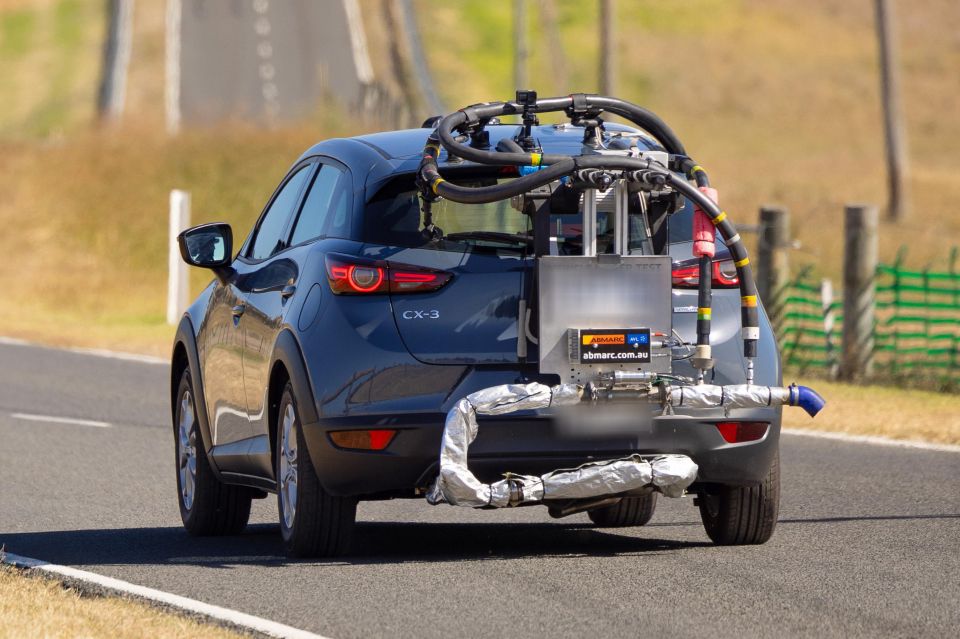
“We can now say with confidence that while some vehicles produce fuel consumption and emissions in line with lab tests reported by carmakers, many do not,” said AAA managing director Michael Bradley in a media statement.
“That can have [a] real impact on consumers and fleet buyers. If people rely on the lab tests, they could end up with a car that costs more to run or is dirtier than they expected.
“The results raise a question for regulators about whether car dealerships should be required to reveal real-world testing results to consumers at point of sale.’
“Real-World Testing will drive down demand for models that over-promise and under-deliver, while improving affordability for Australians and cleaning up our light vehicle fleet.
“Our program is also providing important data for governments as they place increasing focus on greenwashing and measures to encourage take-up of electric vehicles.’”
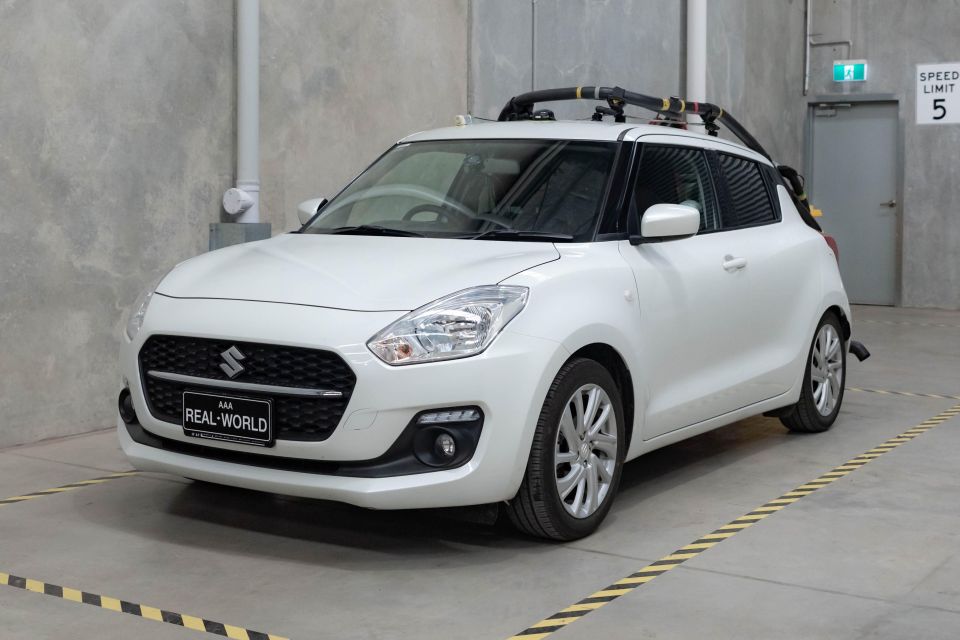
Below are the fuel consumption results from the latest round of the AAA’s real-world testing.
| Vehicle | Fuel type | Mandated lab test claim (L/100km) | AAA testing result (L/100km) | Disparity |
|---|---|---|---|---|
| 2024 Toyota Corolla Cross hybrid | Petrol | 4.2 | 4.5 | +7% |
| 2024 Isuzu D-Max 4×4 (3.0-litre) | Diesel | 8.0 | 8.5 | +6% |
| 2023 Isuzu D-Max 4×2 (3.0-litre) | Diesel | 8.0 | 8.4 | +5% |
| 2023 Toyota Kluger hybrid | Petrol | 5.6 | 5.8 | +4% |
| 2023 Kia Sportage (non-turbo) | Petrol | 8.1 | 8.3 | +3% |
| 2023 Mercedes-Benz GLC | Petrol | 7.7 | 7.9 | +3% |
| 2023 Toyota Kluger (non-hybrid) | Petrol | 8.3 | 8.5 | +2% |
| 2024 Ford Ranger (bi-turbo four-cylinder) | Diesel | 7.6 | 7.8 | +2% |
| 2023 Volkswagen T-Roc | Petrol | 6.3 | 6.4 | +1% |
| 2023 Audi Q5 | Petrol | 8.0 | 8.0 | 0% |
| 2023 Kia Carnival | Petrol | 9.6 | 9.4 | -2% |
| 2023 Kia Sorento | Diesel | 6.1 | 6.0 | -2% |
| 2023 Subaru Forester | Petrol | 7.4 | 7.2 | -3% |
| 2023 Hyundai Tucson | Petrol | 8.1 | 7.9 | -3% |
| 2023 Audi Q3 | Petrol | 6.9 | 6.7 | -3% |
Here are the CO2 results from the AAA’s testing.
| Vehicle | Fuel type | Mandated CO2 lab test claim (g/km) | AAA CO2 testing result (g/km) | Disparity |
|---|---|---|---|---|
| 2024 Toyota Corolla Cross hybrid | Petrol | 96 | 104 | +8% |
| 2024 Isuzu D-Max 4×4 (3.0-litre) | Diesel | 207 | 223 | +8% |
| 2023 Mercedes-Benz GLC | Petrol | 175 | 187 | +7% |
| 2023 Toyota Kluger hybrid | Petrol | 128 | 137 | +7% |
| 2023 Isuzu D-Max 4×2 (3.0-litre) | Diesel | 207 | 222 | +7% |
| 2023 Volkswagen T-Roc | Petrol | 143 | 150 | +5% |
| 2023 Kia Sportage (non-turbo) | Petrol | 184 | 192 | +4% |
| 2023 Audi Q5 | Petrol | 182 | 188 | +3% |
| 2023 Toyota Kluger (non-hybrid) | Petrol | 191 | 194 | +2% |
| 2024 Ford Ranger (bi-turbo four-cylinder) | Diesel | 201 | 205 | +2% |
| 2023 Audi Q3 | Petrol | 157 | 158 | +1% |
| 2023 Kia Sorento | Diesel | 159 | 158 | -1% |
| 2023 Hyundai Tucson | Petrol | 184 | 181 | -2% |
| 2023 Subaru Forester | Petrol | 168 | 165 | -2% |
| 2023 Kia Carnival | Petrol | 220 | 213 | -3% |
MORE: The popular cars, SUVs and utes that can’t match their fuel economy claims MORE: Real-world fuel use shows popular Australian new cars drastically exceed claims MORE: Which SUVs don’t match their fuel economy stickers in the real world? MORE: More realistic fuel efficiency testing now underway in Australia
Born and raised in Canberra, Jordan has worked as a full-time automotive journalist since 2021, being one of the most-published automotive news writers in Australia before joining CarExpert in 2024.


Josh Nevett
3 Hours Ago
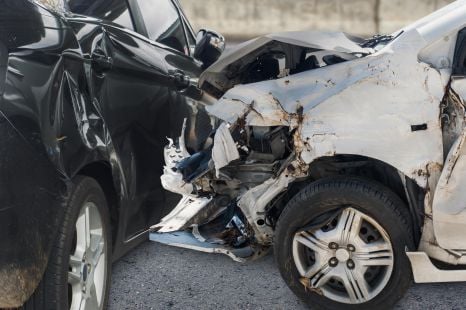

Alborz Fallah
12 Hours Ago


Marton Pettendy
14 Hours Ago
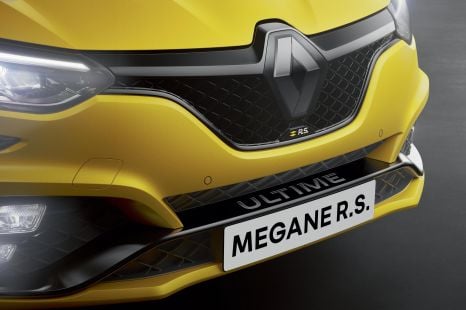

Ben Zachariah
15 Hours Ago
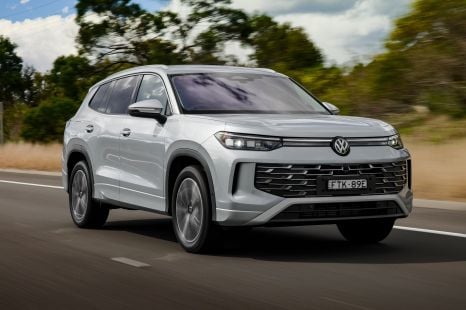

Damion Smy
16 Hours Ago
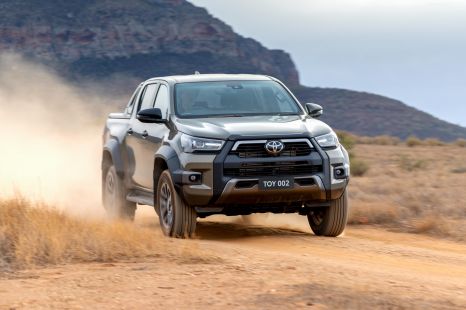

Damion Smy
18 Hours Ago